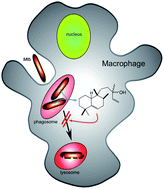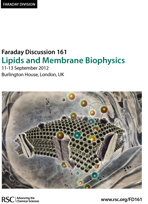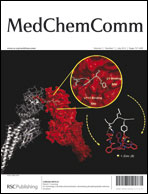This month sees the following articles in MedChemComm that are in the top ten most accessed:
The use of phosphate bioisosteres in medicinal chemistry and chemical biology
Thomas S. Elliott, Aine Slowey, Yulin Ye and Stuart J. Conway
Med. Chem. Commun., 2012, 3, 735-751
DOI: 10.1039/C2MD20079A
The developability of heteroaromatic and heteroaliphatic rings – do some have a better pedigree as potential drug molecules than others?
Timothy J. Ritchie, Simon J. F. Macdonald, Simon Peace, Stephen D. Pickett and Christopher N. Luscombe
Med. Chem. Commun., 2012, Advance Article
DOI: 10.1039/C2MD20111A
Minisci reactions: Versatile CH-functionalizations for medicinal chemists
Matthew A. J. Duncton
Med. Chem. Commun., 2011, 2, 1135-1161
DOI: 10.1039/C1MD00134E
Gd(III) chelates for MRI contrast agents: from high relaxivity to “smart”, from blood pool to blood–brain barrier permeable
Chang-Tong Yang and Kai-Hsiang Chuang
Med. Chem. Commun., 2012, 3, 552-565
DOI: 10.1039/C2MD00279E
Determination of drug–receptor residence times by radioligand binding and functional assays: experimental strategies and physiological relevance
Georges Vauquelin
Med. Chem. Commun., 2012, Advance Article
DOI: 10.1039/C2MD20015E
Towards biocompatible nanovalves based on mesoporous silica nanoparticles
Ying-Wei Yang
Med. Chem. Commun., 2011, 2, 1033-1049
DOI: 10.1039/C1MD00158B
Superiority of a novel EGFR targeted covalent inhibitor over its reversible counterpart in overcoming drug resistance
Juswinder Singh, Erica Evans, Margit Hagel, Matthew Labinski, Alex Dubrovskiy, Mariana Nacht, Russell C. Petter, Aravind Prasad, Michael Sheets, Thia St Martin, Robert Tjin Tham Sjin, William Westlin and Zhendong Zhu
Med. Chem. Commun., 2012, 3, 780-783
DOI: 10.1039/C2MD20017A
Molecular obesity, potency and other addictions in drug discovery
Michael M. Hann
Med. Chem. Commun., 2011, 2, 349-355
DOI: 10.1039/C1MD00017A
Chimerically designed HDAC- and tyrosine kinase inhibitors. A series of erlotinib hybrids as dual-selective inhibitors of EGFR, HER2 and histone deacetylases
Thomas Beckers, Siavosh Mahboobi, Andreas Sellmer, Matthias Winkler, Emerich Eichhorn, Herwig Pongratz, Thomas Maier, Thomas Ciossek, Thomas Baer, Gerhard Kelter, Heinz-Herbert Fiebig and Mathias Schmidt
Med. Chem. Commun., 2012, 3, 829-835
DOI: 10.1039/C2MD00317A
Oxadiazole isomers: all bioisosteres are not created equal
Kristin Goldberg, Sam Groombridge, Julian Hudson, Andrew G. Leach, Philip A. MacFaul, Adrian Pickup, Ruth Poultney, James S. Scott, Per H. Svensson and Joseph Sweeney
Med. Chem. Commun., 2012, Advance Article
DOI: 10.1039/C2MD20054F
Why not take a look at the articles today and blog your thoughts and comments below.
Fancy submitting an article to MedChemComm? Then why not submit to us today or alternatively email us your suggestions.
Comments Off on Top ten most accessed articles in June
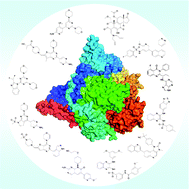











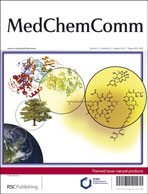
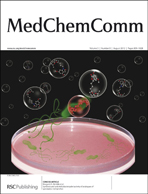
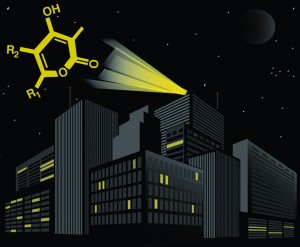


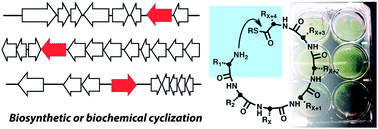 Albert A. Bowers
Albert A. Bowers